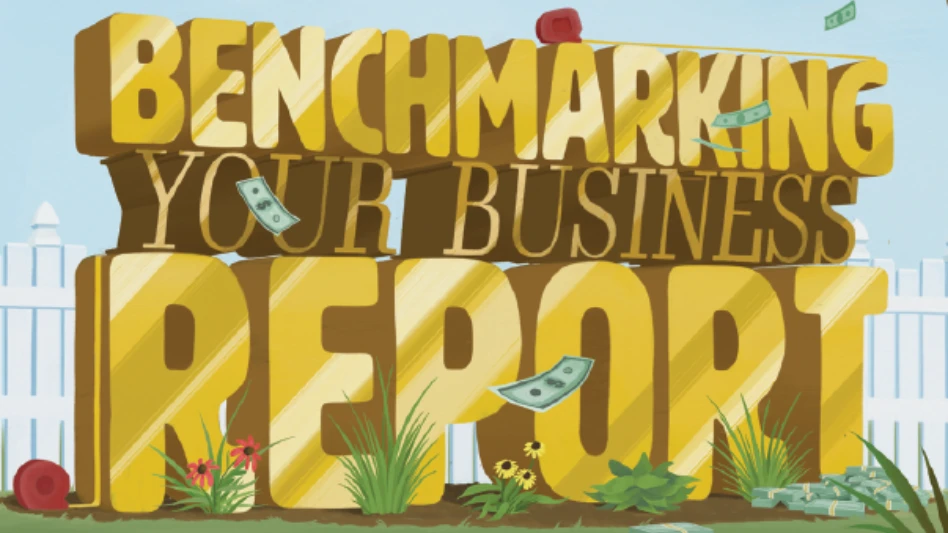Less people are getting married and staying together long-term, but commitment problems in relationships are not just specific to marriage – the issues apply to how we use technology, too.
Jason Cromley, the founder of Hidden Creek Landscaping, told attendees at the Lawn & Landscape Technology Conference that the average divorce happens seven years after getting married. Meanwhile, a small software program lifespan is between six to eight years, and a larger program lasts 12-14 years.
He admitted his understanding of technological solutions is limited to hitting CTRL-Z and turning devices off and back on again. But, similar to how he wants to make his own marriage a success, he wants companies to find ways to ensure a healthy relationship with their software companies.
Here are a few tips from his presentation:
THE STAGES. Cromley said there are seven different stages of marriage. That said, the whole process begins with courtship, where you’re talking to different companies and vendors. This is the fun time for both people because they’ve got sales goals and you want something shiny and new. “Everybody gets along in this stage,” he said. Then, there’s a proposal to a company and the planning phase, where questions about timing arise. “(They ask), ‘when will I really understand it? When will it become effective for me?” Cromley said. “Just like a marriage… from the day you get proposed, the number one question is, ‘When?’”
The seven stages post-marriage with a company looks like this:
- PASSION: In real life, it’s known as the honeymoon phase. You get a colorful dashboard and new reports. It’s the fun part, everything about it’s great.
- REALIZATION: As soon as you get home, there’s homework to do. You realize you have to put in the time.
- REBELLION: Am I looking or am I listening? I could go get a new software.
- COOPERATION: You’re working with your software company and you’re helping one another. “Your software company and you have to have a relationship, and it can’t just be an email.”
- REUNION: I love my software again. Everything’s working, they made changes, we’re on the right path.
- EXPLOSION: “I hate this software. It didn’t work.” This can go one of two ways. Is it someone on your team not doing it? Is the problem you or them? Sit down again and talk it out. “You have to be able to figure out who can help you through this. Just because you’re the owner doesn’t mean you know what you’re doing. A lot of times, more than likely, you’re in the way.”
- COMPLETION: So, this is where you decide – are you getting back together, or is this going to be a divorce?
BUT WHY? He mentioned that the process of implementing the technology was the most stressful year of his 21 years in business, but Cromley said they had to get through it. The numbers/data software provides helps create accountability for his company and cut through what Cromley defines as “subjective communication.” Numbers create clarity and commitment, as he related it to a guy saying he’ll go to the gym whenever he wants versus a guy who sets the clear goal of, “I’m going to run for 60 minutes.”
Cromley encouraged attendees to identify their particular problems and work around those parameters.
“Where’s your business struggling?” he asked. “Try to focus on one or two specific programs and create a list of goals for your software.”
Latest from Lawn & Landscape
- The National Collegiate Landscape Competition is underway
- Keeping clients happy during the Super Bowl
- PBI-Gordon launches Field Development Team
- The New World Is Green: Grow With Marketing Analytics & AI
- Exmark launches autonomous commercial mower
- North by Northwest's charitable act for the Ronald McDonald House Charities
- Coxreels expands V-100 Series product line
- Landscape Workshop expands with 2 acquisitions





